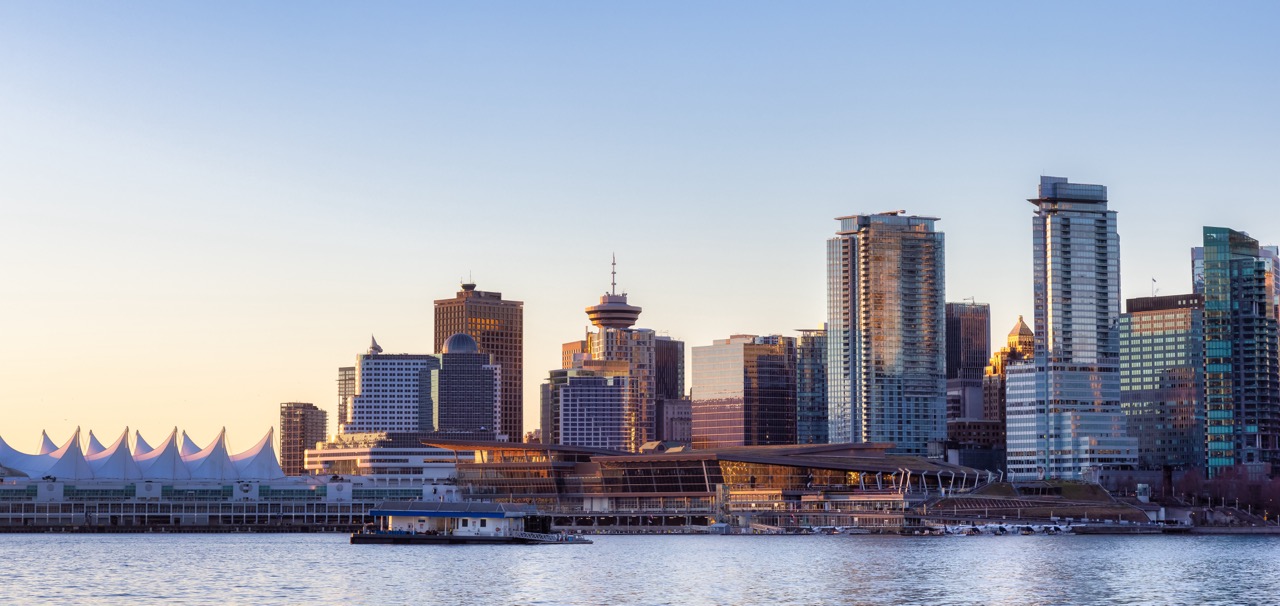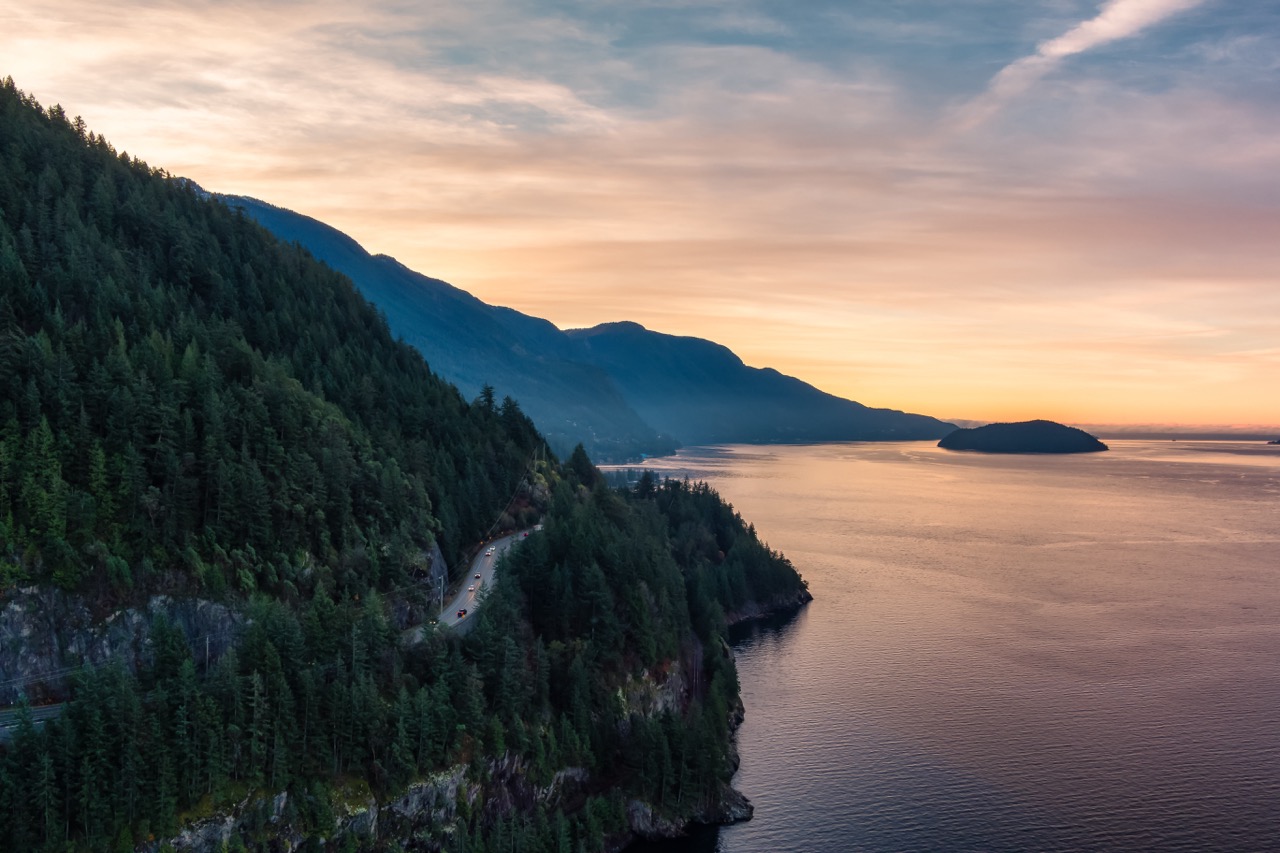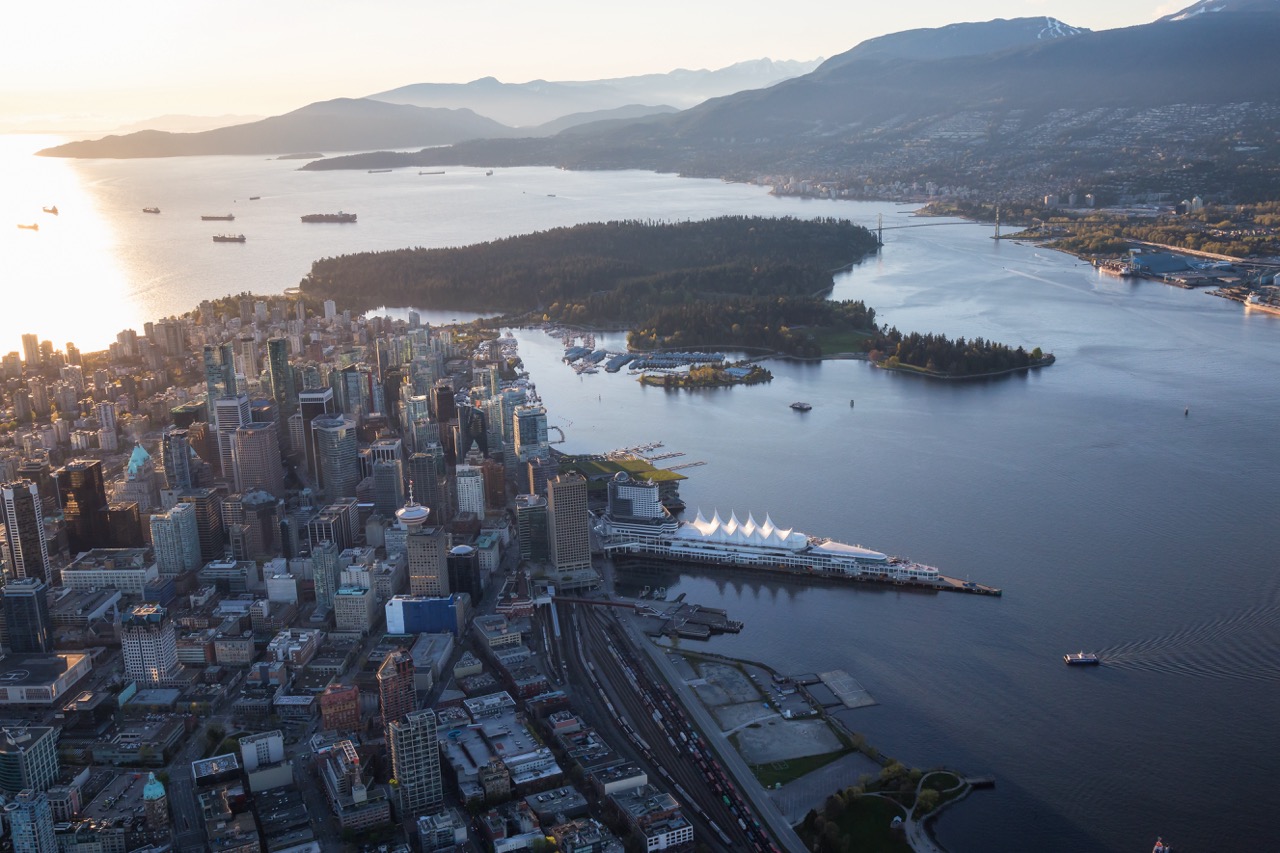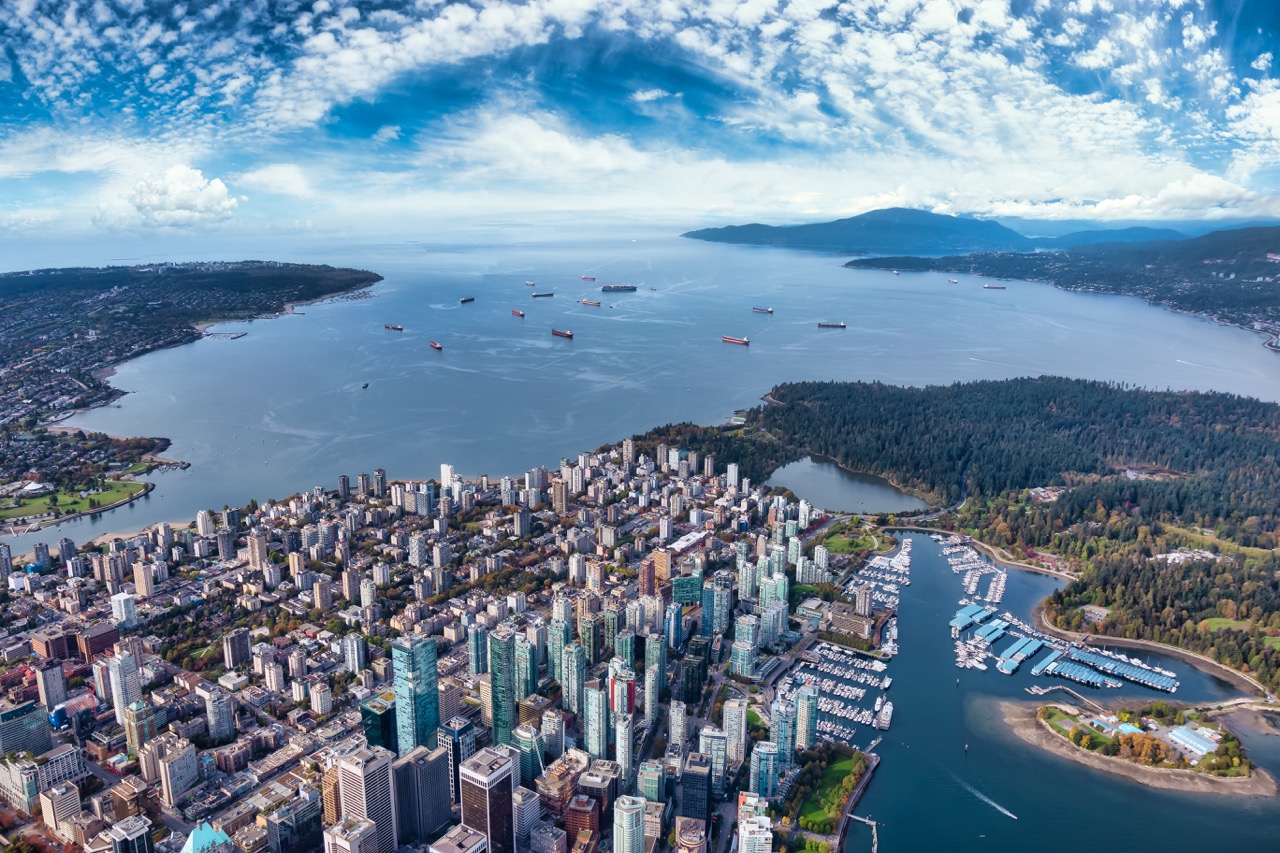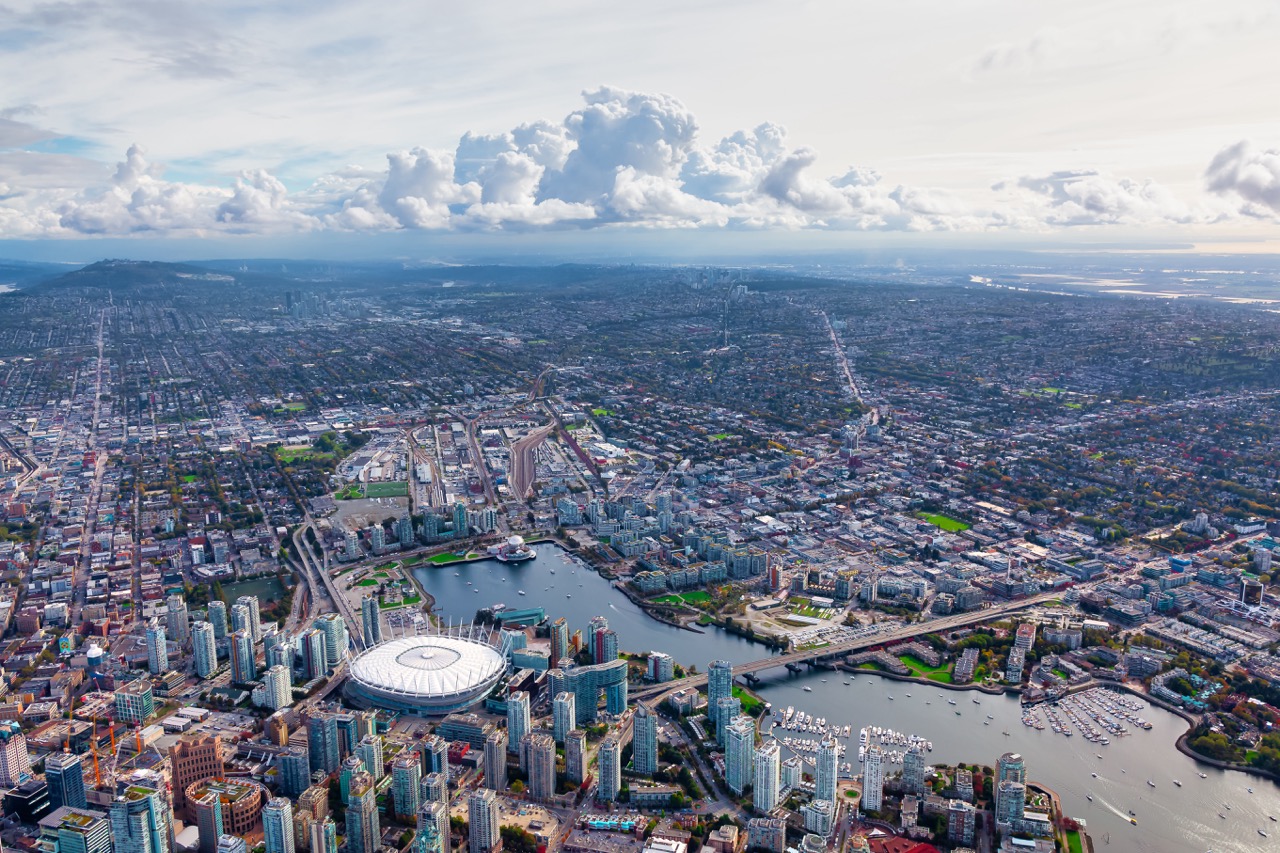Whale watching in British Columbia (BC) offers a unique opportunity to witness some of the most majestic creatures of the ocean in their natural habitats. With its stunning coastal scenery and diverse marine life, BC is a renowned destination for those seeking to experience the thrill of seeing whales up close. However, to make the most of this experience, it’s essential to understand the best times to visit, the species you might encounter, and the best practices for an enjoyable and responsible outing. This guide aims to equip you with comprehensive knowledge about whale watching in BC, ensuring that you have a memorable adventure while respecting the environment.
Understanding the Best Seasons for Whale Watching in BC
The timing of your whale watching trip can significantly impact your chances of encountering these magnificent mammals. In BC, the prime seasons for whale watching vary depending on the species you are hoping to see. Generally, the late spring to early fall months—specifically from May to September—are considered the best times for whale watching, as many species migrate to the rich feeding grounds of the Pacific Northwest during this period.
During the summer months, the waters around Vancouver Island and the Gulf Islands tend to be particularly lively, attracting a variety of whale species, including orcas, humpback whales, and gray whales. The peak season for orca watching typically falls between May and October when these iconic whales are most active, while humpbacks can be spotted from late spring through early autumn as they feed on the plentiful salmon in the area.
It’s also worth noting that, while the summer months are popular, early spring can offer opportunities to witness gray whales on their migratory route northward. Conversely, winter whale watching can be less predictable but may still yield sightings of transient orca pods and the occasional gray whale. Planning your trip with these seasonal patterns in mind can significantly enhance your experience.
Top Whale Species to Spot in British Columbia Waters
British Columbia is home to a diverse array of whale species, making it an ideal destination for marine enthusiasts. The most commonly spotted species include the orca, humpback whale, gray whale, and minke whale. Each species brings its own unique characteristics and behaviors to the waters, enriching the whale watching experience.
Orcas, also known as killer whales, are perhaps the most iconic of the BC whale species. Known for their striking black-and-white coloration and complex social structures, orcas can typically be seen in resident pods during the summer months. Humpback whales, with their impressive acrobatics and haunting songs, are another favorite among whale watchers. These whales can often be seen breaching and slapping the water with their fins, providing unforgettable moments for onlookers.
Gray whales, known for their long migrations, can be observed during their northward journey in the spring and their return south in the fall. These gentle giants can sometimes be seen from shore, making them accessible for more casual observers. Minke whales, though less frequently spotted, are smaller and fast swimmers, often seen in the same waters as their larger counterparts. The variety of species available to see ensures that each whale watching trip can provide a different and exciting experience.
Recommended Locations for Prime Whale Watching Experiences
British Columbia offers numerous prime locations for whale watching, each providing unique vantage points and experiences. The waters surrounding Vancouver Island, particularly the areas of Victoria and Tofino, are popular hotspots for spotting orcas and humpback whales. These regions are well-serviced by tour operators, ensuring that visitors have access to knowledgeable guides and reliable vessels.
Another notable location is the Gulf Islands, which boast an abundance of marine life and picturesque landscapes. These islands provide a tranquil environment that enhances the whale watching experience, allowing observers to take in the beauty of the surroundings while waiting for whale sightings. Additionally, the Johnstone Strait is renowned for its orca populations during the summer months, making it a must-visit for serious whale watchers.
For those interested in a more rugged experience, the northern coastal regions of BC, such as the Great Bear Rainforest, offer opportunities to see whales in a stunning wilderness setting. While these areas may require more planning and effort to access, the rewards include fewer crowds and a more intimate encounter with nature, making it a worthwhile option for adventurous whale watchers.
Essential Tips for a Safe and Enjoyable Whale Watching Trip
Preparation is key to ensuring a safe and enjoyable whale watching experience. First, be sure to choose a reputable whale watching tour operator. Look for companies that prioritize safety, have experienced guides, and maintain a respectful distance from the whales. Reading reviews and checking for certifications can help you select a reliable provider.
Dress appropriately for the weather and conditions at sea. Layering is advisable, as temperatures can vary greatly between shore and open water. Bring along essentials such as sunscreen, hats, and cameras to capture the memorable moments. Also, consider motion sickness remedies if you are prone to seasickness, as being on the water for extended periods can be challenging for some individuals.
Lastly, a great way to enhance your experience is to educate yourself about the whales you may encounter. Familiarizing yourself with their behaviors, migration patterns, and conservation status can deepen your appreciation for these creatures and make your observations more meaningful. This knowledge can also foster a sense of stewardship towards marine life, encouraging responsible viewing practices.
Comparing Whale Watching Tours: What You Need to Know
When it comes to selecting a whale watching tour, there are several factors to consider to ensure you choose the right experience for your needs. Tour operators may offer different types of vessels, including large boats, smaller zodiacs, and even kayaking options. Larger boats typically provide more stability and comfort, making them suitable for families, while smaller crafts allow for a more intimate encounter with marine life and often have the advantage of maneuverability.
Another important aspect to evaluate is the duration of the tour. Some operators offer short excursions of around two hours, while others provide longer trips that may last half a day or more. Longer tours may include visits to multiple locations and an opportunity to see a wider range of wildlife, but they may require a greater time commitment. Consider your personal preferences and how much time you want to spend on the water.
In addition to the type of vessel and tour length, it’s essential to examine the tour’s educational component. Many reputable operators emphasize the importance of marine conservation and educate participants about the local ecosystem. A tour that offers knowledgeable guides who provide insights into whale behavior and marine biology can enhance the overall experience, making it not only enjoyable but also informative.
Responsible Viewing: Conservation and Ethical Considerations
As thrilling as whale watching can be, it’s crucial to approach this activity with a mindset of conservation and respect for marine life. Many whale species are vulnerable, and their populations are threatened by various factors, including habitat loss and climate change. Responsible viewing practices are essential to ensure that whale watching remains sustainable and does not negatively impact these majestic creatures.
When participating in whale watching, it’s important to maintain a safe distance from the animals. Guidelines established by organizations like Fisheries and Oceans Canada recommend keeping a distance of at least 100 meters from whales. This buffer not only protects the whales from stress and disturbance but also allows observers to enjoy the sighting without impacting the animals’ natural behaviors.
Additionally, consider supporting tour operators that adhere to eco-friendly practices, such as minimizing environmental impact and contributing to marine conservation efforts. Engaging in responsible viewing not only enhances your experience but also plays a vital role in the ongoing effort to protect the marine environment and its inhabitants for future generations.
Whale watching in British Columbia provides an incredible opportunity to connect with nature and witness some of the ocean’s most fascinating creatures. By understanding the best seasons for viewing, familiarizing yourself with the species you may encounter, and choosing responsible and knowledgeable tour operators, you can create an unforgettable experience that respects the delicate marine ecosystem. Whether you’re a seasoned whale watcher or embarking on your first adventure, this guide serves as a valuable resource to ensure your trip is both enjoyable and impactful.

